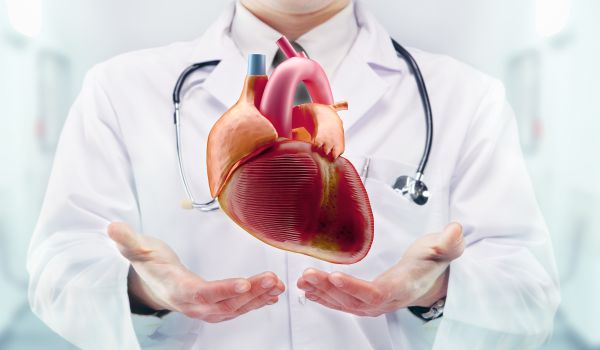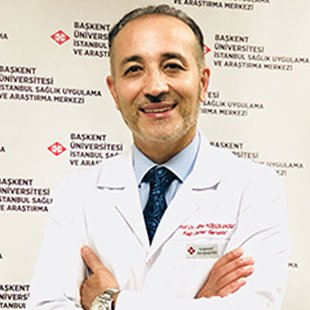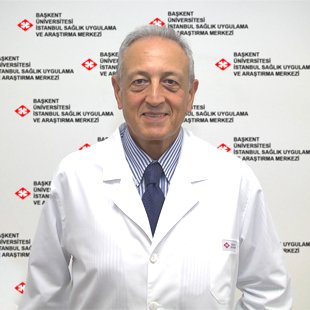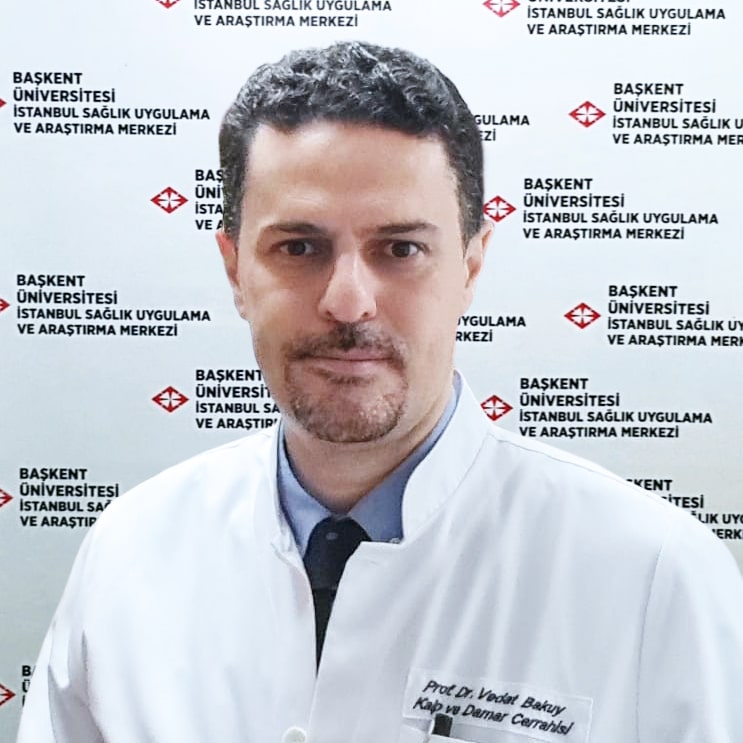
Overview
Miniature Artificial Heart Procedures are available for patients with heart failure.
Pediatric cardiac surgery
Incidence of congenital heart diseases increases due to use of obstetric fetal echocardiography and early postnatal echocardiography and our center admits patients round the clock and the babies, especially newborn infants with a condition that requires surgical management, are successfully operated on.
Adult Cardiovascular Surgery Unit
The department focuses on 3 main groups regarding surgical services for adults.
a. Coronary Surgery
b. Heart Valve Surgery
c. Aortic Surgery
Increased life expectancy results in higher prevalence of coronary artery and heart valve diseases. In this case, surgeons admit a population of patients above 80 years of age. Coronary and heart valve surgeries are successfully performed for all age ranges, including this age range. . For emergencies arising out of coronary artery diseases, diagnosis units and surgery conditions are planned to ensure uninterrupted service delivery.
Vascular Surgery Unit
The unit is established to provide a unique perspective for medical and surgical treatment of vascular diseases. Various medical treatment options are offered for venous diseases that are very prevalent in our country and specific programs are created for treatment of diseases that require long-term care and follow-up.
A separate unit is established for treatment of post-thrombophlebitic syndrome, lymphedema and venous ulcers along with thermocoagulation, sclerotherapy and laser therapy for treatment of varicose veins.
Surgical treatments of arterial diseases detected in a large part of patients have reached the targeted success through carotid surgery especially under regional anesthesia. The unit has pioneered stent and graft implantation for aneurysm of abdominal aorta and the procedure is still successfully performed in selected patients.
Surgical treatments
CORONARY ARTERY BYPASS GRAFTING
Coronary Artery Bypass Grafting: A new blood vessel is used to eliminate the risk of stenosis/obstruction in coronary arteries in order to increase survival and boost quality of life, if critical stenosis or obstruction of coronary arteries – blood vessels that supply blood to the heart – cannot be managed with non-surgical techniques, such as balloon angioplasty and stent implantation, and therefore, the patient faces a life threatening condition.
For this purpose, the blood vessel that will be used to bypass the stenotic or obstructed coronary artery is usually harvested from the chest cavity (internal mammary artery or internal thoracic artery), arteries of arms or superficial veins of legs.
Various techniques can be used depending on medical and physical characteristics of the patient.
1. Off-pump or beating heart bypass
2. Minimally invasive (sternum is partially opened or not opened)
3. Robotic technique (for a very limited number of patients)
HEART VALVE SURGERY
Heart Valve Surgery: Heart valves regulate blood flow between heart and lungs and between great arteries/veins and cardiac chambers while the heart beats; if they do not function properly due to various diseases and fatal risks are faced due to damage to heart and body, surgical management is considered.
Aortic and mitral valves are the most commonly diseased ones of four heart valves. Tricuspid valve, the third heart valve, is less frequently affected; mitral valve is usually affected in heart valve diseases.
AORTIC SURGERY
Aorta originates from the heart and carries blood to all parts of the body; elective or emergency isolated or hybrid surgeries are performed in case of life threatening risks, such as degenerative atherosclerotic aneurysm or dissection of the aorta.
Surgical management is the most efficient treatment, if the disease of the aorta, whether an aneurysm or dissection, is located at the proximal part of the aorta (ascending aorta or intrathoracic aorta). Excluding certain conditions, surgery is a must, if the diameter measures 5.5 cm. In this case, the aortic valve and coronary arteries are simultaneously repaired/replaced depending on the link between the enlargement or dissection of the aorta and the aortic valve or origins of the coronary arteries.
TREATMENT OF HEART FAILURE
Methods used for surgical treatment of heart failure and what you should know on heart transplantation.
a) Left Ventricular Aneurysmectomy
A part of the left ventricle loses the function of contraction following major heart attacks (infarction), forming into a balloon (aneurysm), resulting both in heart failure and blood clots in heart.
Heart can be surgically reshaped with excision of the aforementioned section (Aneurysmectomy) and reconstruction of the orifice with a synthetic patch (endoventriculoplasty – Septoplasty).
b) Heart Transplantation
Heart failure develops due to insufficient or completely neglected treatment of congenital or acquired heart diseases. Death occurs quickly in the end stage (Stage D) of the long process. This condition leads to death more quickly than many types of human cancers.
Survival rates are favorable in early and middle stages of heart failure through both medication treatments and conventional heart surgery. Patients may be supported to some extent with pace makers (ICD-CRTD) in certain cases. However, these measures are usually insufficient in the end-stage.
At this stage, there are currently 2 main options. Options are “Heart Transplantation” or “Artificial Heart" systems.
Heart transplantation: this surgery replaces the diseased heart with healthy donor heart, if examinations ensure that certain medical criteria are met, when the muscular part of the heart is damaged and the heart cannot pump adequate blood to meet needs of the body due to various diseases – all resulting in life threatening risks and vital problems (if life expectancy is 1 year or shorter).
Heart transplant is not an option for every patient, as it is performed under certain circumstances; while need of the patients are far from being met due to shortage of donor organs. Therefore, the average time spent in organ transplant list is as long as 1 year and one third of these patients die in this one-year interval.
Also, post-transplant 5-year, 10-year and 20-year life expectancy or survival is 70%, 50% and 25%, respectively, due to both surgical difficulties and complexity of postoperative problems.
Therefore, Artificial Heart Systems are recent alternatives to the heart transplant. In practical terms, it is extremely advantageous, as it can be implanted whenever choosen and required.
c)Artificial Heart Systems
There are two types of systems currently used in ever increasing number of patients at end stage heart failure.
1. Artificial Heart Pumps
Left ventricular assist device is the most commonly used artificial heart system.
These systems were first brought to Turkey in 2001 through the special approval of Prof. M. Debakey, M.D., from Baylor College of Medicine (Houston, U.S.A.), support of Prof. G. Noon, M.D. and scientific initiative of Prof. Süha Küçükaksu, M.D. and they were successfully used in Ankara on 11.04.2001 by Prof. Erol Şener, M.D., and Prof. Oğuz Taşdemir, M.D.
The initial practices were carried out to help the patients survive until heart transplant is performed (bridge to transplantation)
First turkish experience with the MicroMed DeBakey VAD®
DS Kucukaksu, E Sener, A Undar, GP Noon, O Tasdemir
Texas Heart Institute Journal 30 (2), 114.2003
The first patient in Turkey to undergo left ventricular assist device (Micromed Debakey VAD) for bridge to transplantation in 2002 and survive following a heart transplantation 6 months later from a matching donor heart, V.T from Urfa maintains a healthy and high quality life on 15th year of heart transplantation.
2. Total Artificial Heart
The first Turkish patient with Total Artificial Heart who could be discharged and survived for a long time was operated on by Prof. Süha KÜÇÜKAKSU, M.D., in Istanbul in 2011.
The patient lived a quality life for almost 4 years with TAH and took place in the global literature of medicine.
Total artificial heart for bridge to cardiac transplantation: first patient at home in Turkey
DS Küçükaksu, E Pektok, N Arat, Ö Yıldız, ZT Demirozu, F Ece, Ç Çiftçi,
Journal of Turkish Society of Thoracic and Cardiovascular Surgery 21 (4), 1032-1038.2013







